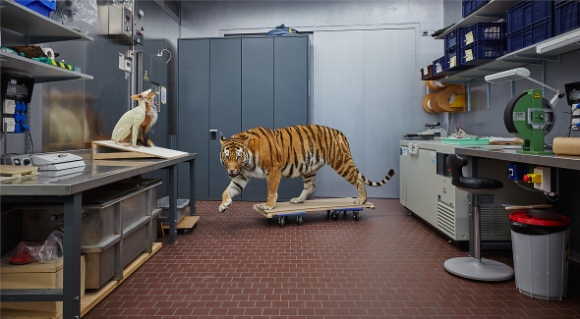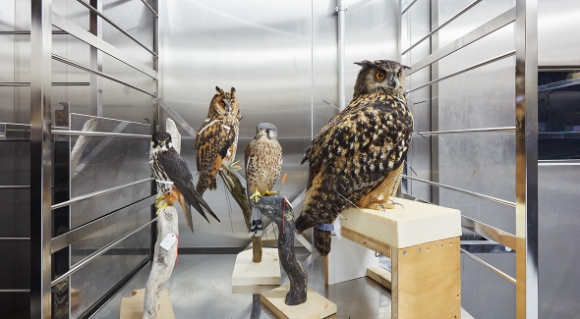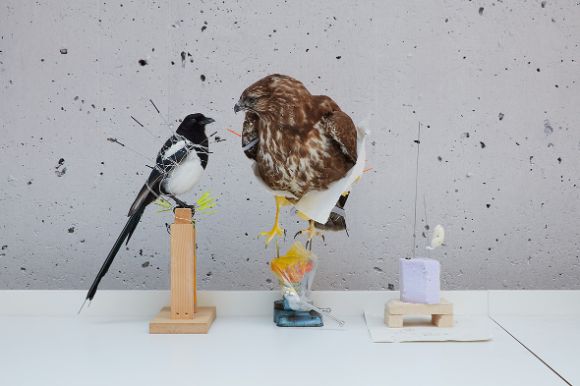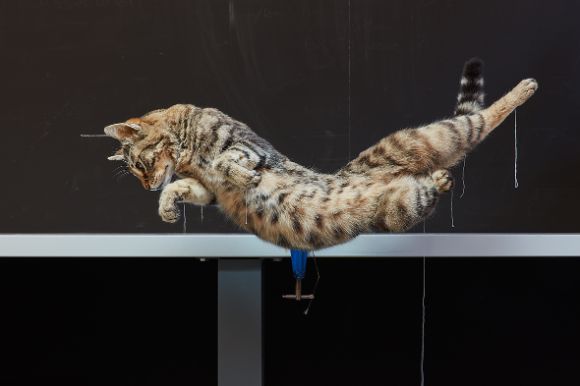Preparation Studio
The sabre-toothed tiger lies in wait, as though it had spied something that it cannot take its eye off. And the extinct zebra-like Quagga provides us with an idea of what this animal once looked like. With their skilled hands, taxidermists create life-like exhibits and prepare natural history materials so that scientists are able to work with them.
Whether it be small mammals, birds, insects or petrified objects – every witness of a past life needs to be treated carefully if it is to remain intact for many more years to come. This calls for modern conservation and storage methods.
Scientific material collected at excavations or on expeditions, for example, needs particular care before experts are allowed to work with it. We need to preserve it properly and ensure that it does not sustain any long-term damage. This also applies to all natural history objects at the Natural History Museum Basel, whether it be animals and plants or fossils and minerals.
The objects in the museum, however, are not just used for scientific purposes. Taxidermists are able to use fossilised skeletons or fragments of bone to reconstruct models that allow even long-extinct animals and organisms to be brought virtually back to life.
Frequently asked questions
What's going on with the animals
in jars?
The liquid inside the jars is either ethanol or formaldehyde. These substances are very good at preserving materials. The method is especially effective for preserving an animal along with all its organs intact for a long time. Care must be taken, however, to ensure that the jar is properly sealed and resistant to ageing. If stored carefully, an animal preserved in this way can be kept for several centuries.



